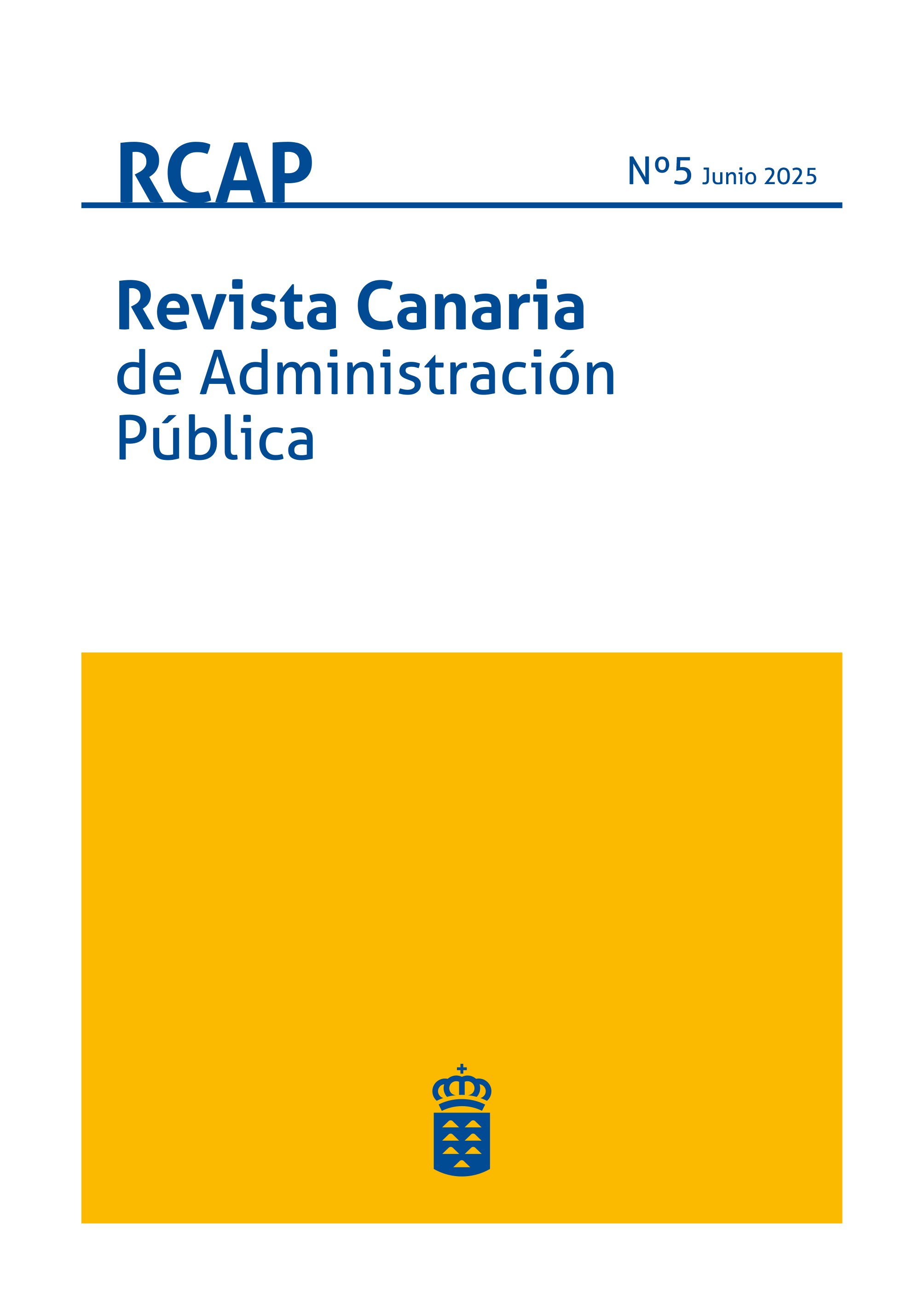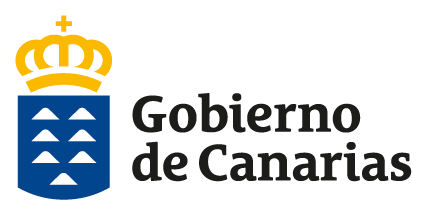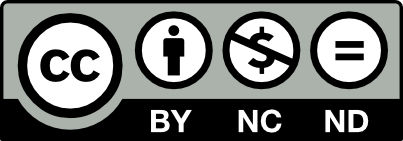Wanting to innovate: Personal motivation and enabling environments
DOI:
https://doi.org/10.36151/RCAP.5.6Keywords:
Innovation, Public Innovation, Incentives, Change Management, Public Policies, Leadership, Innovation Skills, Innovation EnvironmentsAbstract
This article describes the motivations that explain WHY a person working in the Administration would WANT to get involved in an innovative initiative. This reflection is improved if the Equation of Change, by Beckhard and Harris, is taken as a reference to understand what drives this predisposition. The eight motivations that usually mobilize public personnel in favor of innovation are described. It also explains what “ignites the fuse” of the concern for innovation, with the different itineraries that are followed. The public vocation, as an intrinsic motivation, is a lever underused by public entities; it is difficult to understand why there are no lines that specifically work on this lack. When the organizational context makes things easier, creates the right conditions, people feel more encouraged to innovate. That is what the APCAC innovation ecosystem attempts, which is described at the end of the article.
Downloads
References
Beckhard, Richard y Reuben T Harris. (1980): «Transiciones organizacionales». Fondo Educativo Interamericano, 1980.
Beckman, S. L., & Barry, M. (2007): «Innovation as a Learning Process: Embedding Design Thinking». California Management Review, 50(1), 25-56.
Contreras Villablanca, Eduardo (2016): «Cultura de innovación en los servicios públicos: una propuesta para su medición en el caso chileno». Universidad de Chile.
Criado, J. I., Rojas-Martín, F., & Silván, A. (2017): «Laboratorios de innovación para transformar la administración pública». Novagob Lab.
FEMP (2022): «Banco de Buenas Prácticas». Federación Española de Municipios y Provincias: http://femp.femp.es/Portal/Front/Atencion_al_asociado/Buenas_Practicas/_orsFkMu4U4xq0GCdZXxjvQKBOQvTJ3c-
Gobierno de Canarias: — (2020): «Espacio de Conocimiento Corporativo de la Innovación Pública». Innovamos Lab: https://www3.gobiernodecanarias.org/aplicaciones/gestionconocimiento/_entorno/innovacion.php
Gobierno de Canarias: — (2024): «Foro Innovamos Lab 2024»: https://www3.gobiernodecanarias.org/aplicaciones/gestionconocimiento/_entorno/Innovacion/foro_2024/index.html
Gobierno de Chile (2015): «Laboratorio de Gobierno»: https://www.lab.gob.cl/govtech/landing
HackCampIAAP (2017): «Co-diseñando soluciones a retos en la Junta de Andalucía». 2017: https://ws168.juntadeandalucia.es/iaap/hackcamp/2017/06/09/que-es-hackcamp/
Hernández Rodríguez, Encarna (2022): «Lideran, sirven, colaboran, comunican y aprenden: así son las personas innovadoras de la Administración pública». Capital Humano, Nº 380, Sección Administración / Artículos, Noviembre 2022, CISS.
Mulgan, Geoff (2014): «Innovation in the Public Sector: How Can Public Organisations Better Create, Improve and Adapt?». Nesta.
Novagob (2025). «Premios Novagob Excelencia»: https://novagob.org/premios-edicion2025
Programa 27e Région: «Un laboratorio para transformar las políticas públicas»: https://www.la27eregion.fr/en/
Rey, Amalio A. (2017): «¿Cómo difundir “buenas prácticas” en organizaciones grandes?». Blog de Amalio Rey. 8 de julio de 2017: https://www.amaliorey.com/2017/07/08/como-difundir-buenas-practicas-en-organizaciones-grandes-post-542/
Seligman, M. E. P. (1967): «Effects of inescapable shock upon subsequent escape and avoidance responding». Journal of Comparative and Physiological Psychology, 63(1), 28-33.
Downloads
Published
Issue
Section
License
Copyright (c) 2025 Revista Canaria de Administración Pública

This work is licensed under a Creative Commons Attribution-NonCommercial-NoDerivatives 4.0 International License.







